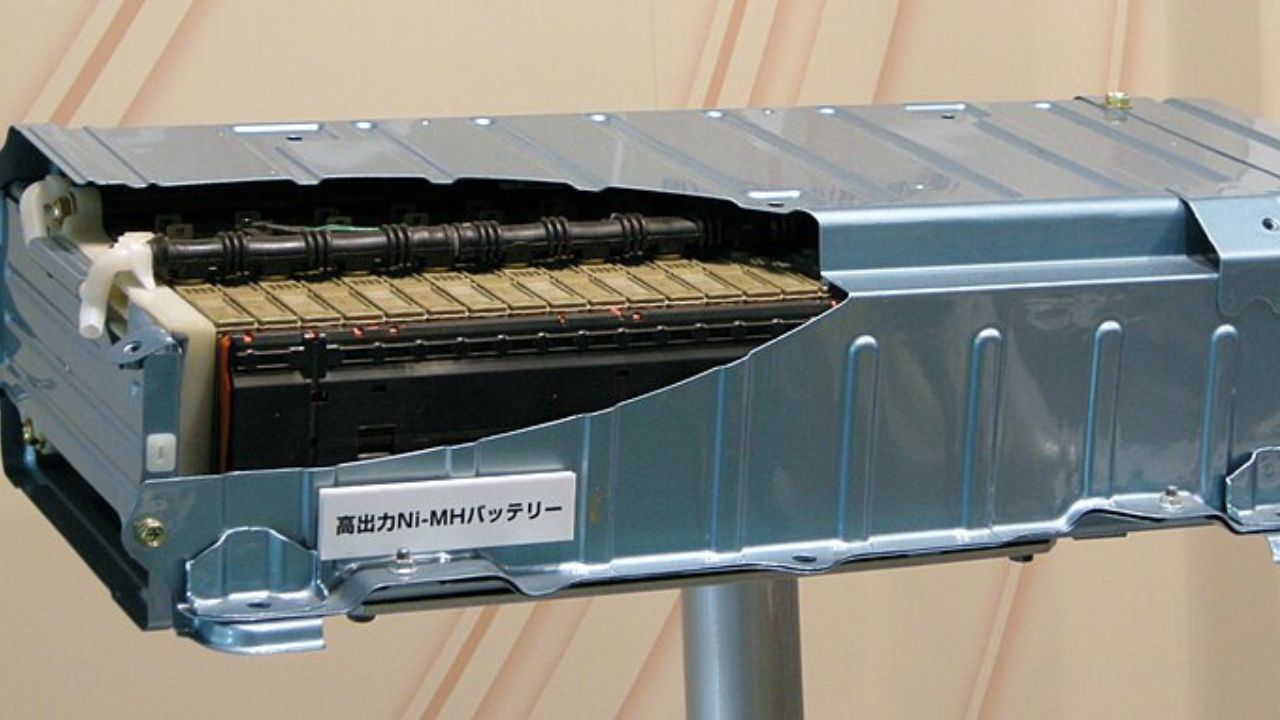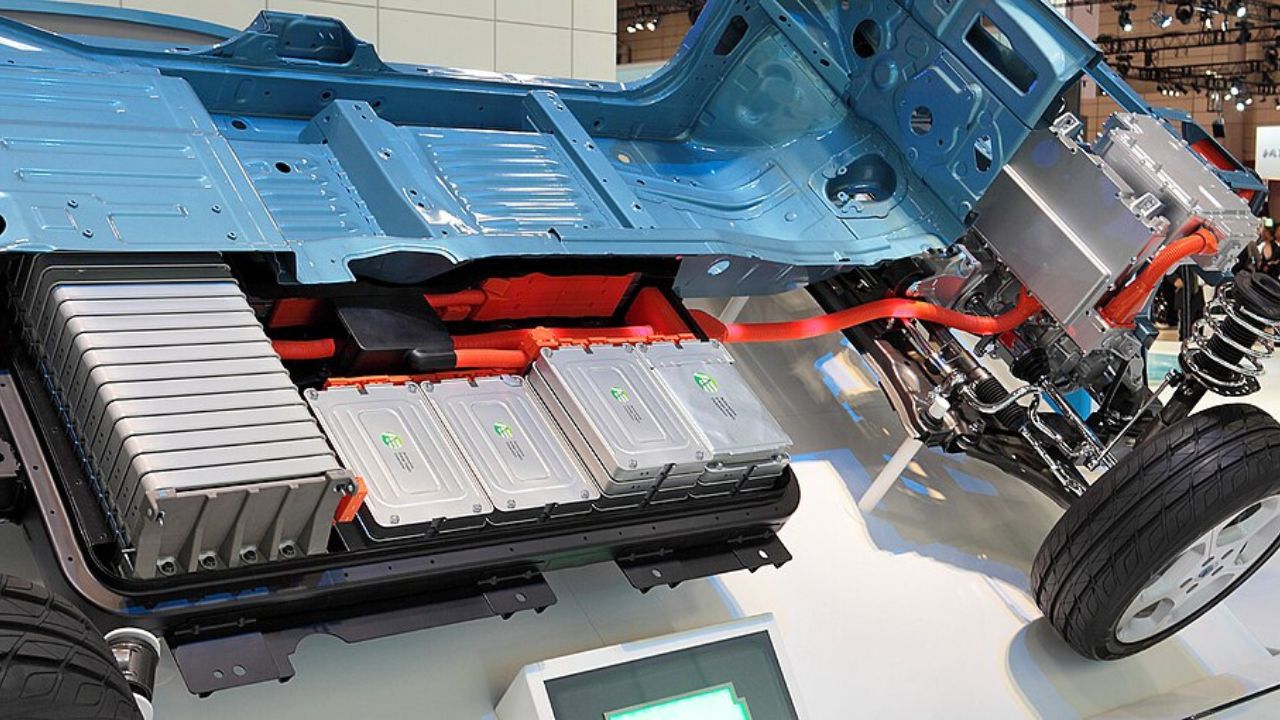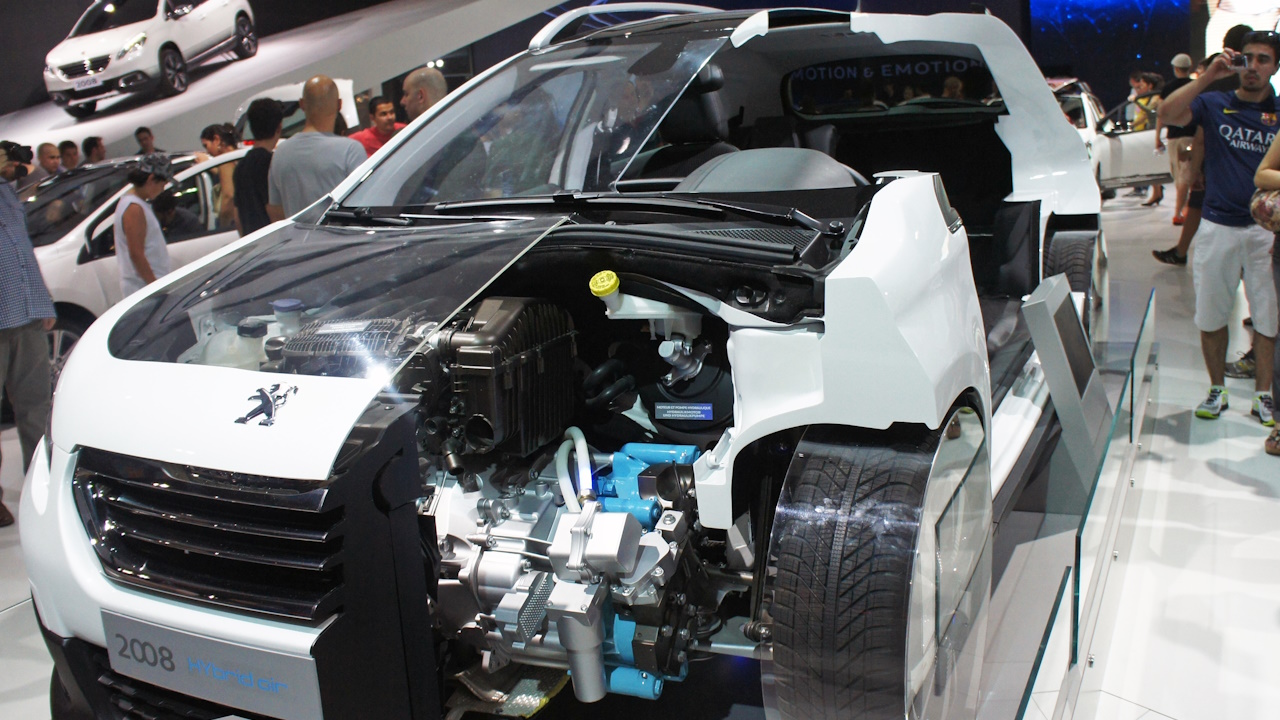With the rapid rise of electric vehicles (EVs), the demand for lithium-ion batteries has surged, raising concerns about their environmental impact and sustainability. EV battery recycling emerges as a crucial solution to these challenges, offering both ecological and economic benefits. Let’s delve into the intricacies of EV battery recycling and its implications for drivers.
Understanding EV Battery Composition

Electric vehicle batteries are primarily composed of a combination of lithium, cobalt, nickel, and manganese. These materials are integral to the battery’s ability to store and deliver energy efficiently. Lithium, for instance, is favored for its high electrochemical potential and energy density, while cobalt enhances battery stability. Nickel and manganese play significant roles in improving the battery’s lifespan and energy output. The extraction and use of these materials, however, raise environmental concerns due to the intensive mining processes involved.
The environmental impact of mining these raw materials is significant. Mining operations can lead to habitat destruction, soil erosion, and water contamination. Additionally, the energy required for mining and refining these materials contributes to carbon emissions, offsetting some of the environmental benefits of EVs. As such, understanding the environmental footprint of battery production is crucial for assessing the overall sustainability of electric vehicles.
The lifespan of an EV battery is another critical factor to consider. Typically, these batteries last between 8 to 15 years, depending on usage patterns, temperature variations, and charging habits. Factors such as frequent fast charging and exposure to extreme temperatures can accelerate battery degradation. Understanding these factors can help drivers optimize their battery’s lifespan and make informed decisions about recycling opportunities when the battery reaches the end of its life.
The Process of EV Battery Recycling

Once EV batteries reach the end of their usable life, they are collected and transported to specialized recycling facilities. This process involves a network of collection points, where batteries are safely stored before being shipped to recycling centers. Companies like Li-Cycle and Redwood Materials are leading the way in developing efficient collection and transportation systems to ensure that used batteries are processed responsibly.
At recycling facilities, various technologies are employed to extract and recover valuable materials from used EV batteries. Hydrometallurgical techniques, for example, involve using aqueous solutions to separate metals from other components, while pyrometallurgical methods use high temperatures to melt and separate metals. These methods are continually refined to improve efficiency and reduce environmental impact. The goal is to achieve high recovery rates, which can significantly reduce the need for new raw materials.
Current recycling methods boast recovery rates of up to 95% for key materials like lithium, cobalt, and nickel. However, there is still room for improvement in both the efficiency of these processes and the development of new technologies. As recycling technologies advance, the potential to recover and reuse materials will increase, making EV battery recycling an even more attractive option for environmental sustainability and cost savings.
Benefits of EV Battery Recycling

Recycling EV batteries offers substantial environmental benefits by reducing the demand for new raw materials. This, in turn, minimizes environmental degradation associated with mining operations. By recovering and reusing materials, recycling helps conserve natural resources and decreases the carbon footprint of battery production. Such efforts are essential for making the transition to electric vehicles more sustainable.
Beyond environmental benefits, EV battery recycling presents significant economic advantages. The recycling industry has the potential to create numerous jobs, from collection and transportation to processing and technology development. Additionally, recycling can reduce costs for EV manufacturers by providing a more stable and affordable supply of critical materials, which can ultimately translate into lower prices for consumers. As the industry grows, the economic benefits are expected to expand, contributing positively to local and global economies.
Energy efficiency is another key advantage of recycling. By reusing existing materials, less energy is required compared to the production of new batteries from raw materials. This energy conservation can help mitigate some of the environmental impacts of battery production and support the broader goals of sustainability and energy efficiency in the automotive industry.
Challenges Facing EV Battery Recycling

Despite its benefits, EV battery recycling faces several challenges. One major hurdle is the technological limitations of current recycling processes. While methods like hydrometallurgical and pyrometallurgical techniques have shown promise, there is a need for further advancements to improve efficiency and reduce environmental impact. Research and development in this area are crucial for overcoming these technological barriers and enhancing the overall effectiveness of recycling efforts.
Policy and regulation also play a vital role in the promotion of EV battery recycling. Governments can either facilitate or hinder recycling efforts through their policies. For instance, stringent regulations can ensure that recycling processes meet environmental standards, while incentives can encourage investment in recycling infrastructure. On the other hand, a lack of supportive policies could slow the growth of the recycling industry. It is essential for policymakers to recognize the importance of recycling and implement measures that support its development.
Consumer awareness is another critical factor in the success of EV battery recycling. Educating drivers about the options available for recycling and the environmental benefits of participating in such initiatives is crucial. Increasing awareness can encourage more drivers to support recycling efforts, thereby enhancing the sustainability of the EV industry. Programs and campaigns that highlight the importance of recycling can play a significant role in boosting consumer participation.
What This Means for Drivers

The implications of EV battery recycling for drivers are multifaceted. One of the most direct impacts is on the cost of EV ownership. As recycling technologies improve and become more widespread, the cost of replacement batteries is expected to decrease. This can lead to lower overall costs for EV owners, both in terms of the initial purchase price and long-term maintenance expenses.
The availability of recycled materials also affects the affordability and accessibility of replacement batteries. When materials are recovered and reused, it reduces reliance on newly mined resources, which can fluctuate in price and availability. As a result, drivers may find it easier and more affordable to replace batteries as needed, contributing to a more stable and reliable EV market.
Finally, supporting EV battery recycling is a step towards greater environmental responsibility. By choosing to recycle, drivers can reduce their ecological footprint and contribute to a more sustainable future. Encouraging others to consider the environmental benefits of recycling can help foster a culture of sustainability within the automotive industry, ultimately benefiting both consumers and the environment.
Like Fast Lane Only’s content? Be sure to follow us.
Here’s more from us:
*Created with AI assistance and editor review.






Leave a Reply